Leica Q3: Third Time’s the Charm?
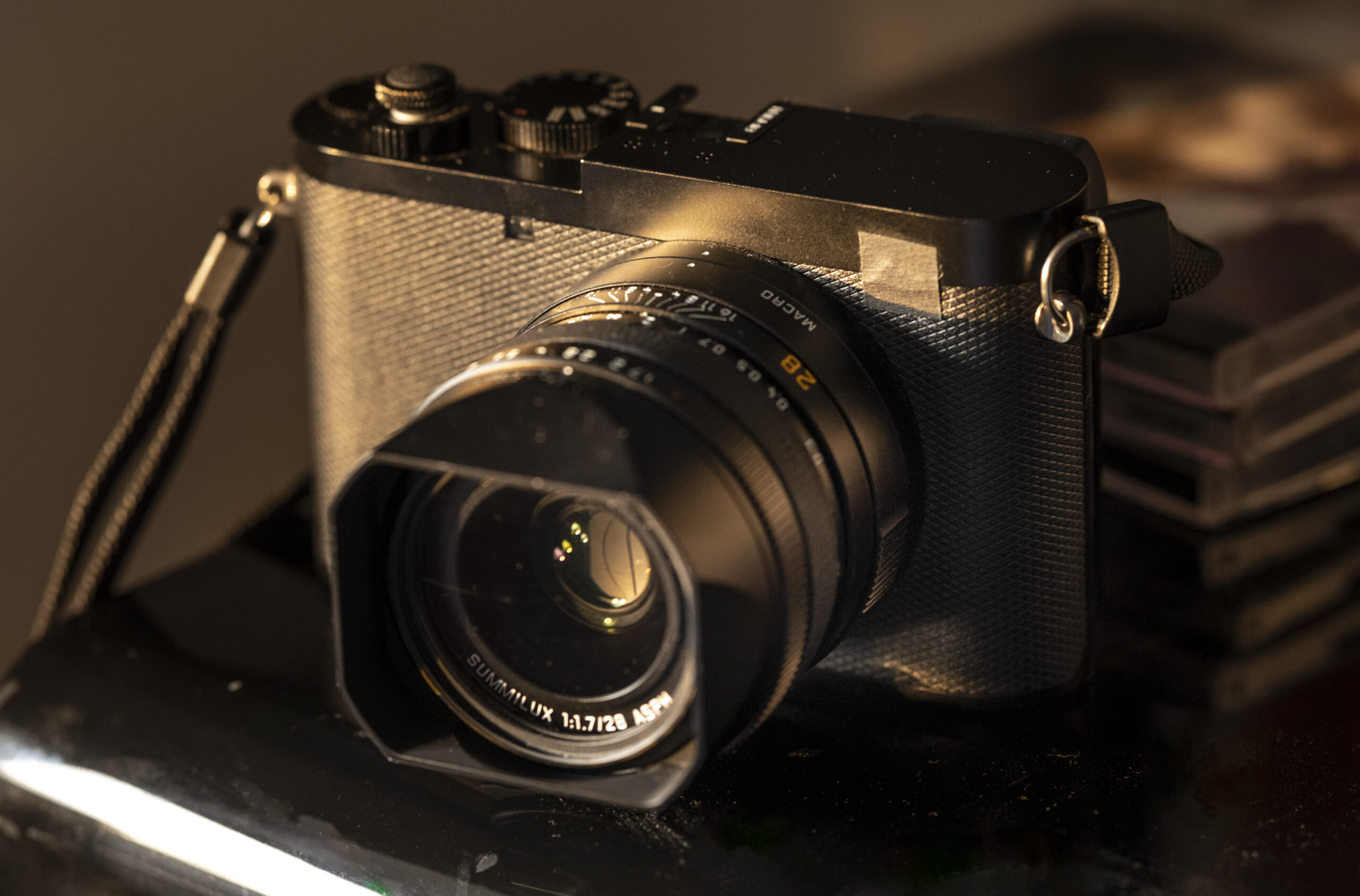
By David Butow –
In May, Leica rolled out the 3rd version of their high-end compact camera, the Q3. The original Q came out eight years ago and the basic form of that camera was the same: light, compact, built-in 28mm 1.7 lens, EVF and back screen viewing, video, easy switch between auto and manual focus. Below is an overview and you can also read in a separate post my first time using it extensively in the field here.
Although I love the experience of the clear optical finder on a rangefinder camera, with lenses wider than 35mm, I always thought the viewing experience was a little weird, sort of too different than what my picture was going to look like and using an external optical finder requires two-steps to frame and focus.
When that Q came out, I got one to have a camera about the same size as an M but with a (from my perspective) handier viewing experience for 28mm. Sort of an aside here, but I think the lens is actually a little wider in angle of view than a regular 28, more like a 26-27 based on my comparison between the original Q and a couple fixed 28s on other cameras.
I owned that original Q for a while but didn’t keep it for two reasons. While I liked the quality of the lens and the overall clean Leica aesthetic, I found the camera wasn’t quite quick enough for photojournalism or documentary applications and secondly, the images coming out the camera were much more punchy that what I was getting from the M digital I was using at the at the time, (designated the M 240). My Q pictures just looked too dissimilar from the M and the Nikons I was using and it was hard to match them in post when I was using the other cameras on the same shoot.
The Q2, launched in 2019, had some improvements in handling, making it a little faster with a better buffer and improved autofocus. More importantly, the 24 megapixel sensor from the original was replaced with a 47 megapixel version, similar to what Leica put in the SL2 which came out around the same time.
That sensor was good, with higher resolution obviously, but I never thought it was particularly great in low light, which is exactly what I’d want to do with a compact camera with a 28mm lens. (Think interiors, working up close with people who are moving, etc). Around that time I was using the new Leica M10, and later the M10-R and was pretty happy so I never sprung for a Q2.
THE NEW SENSOR
Now, with the Q3 we have a whole new beast, in my opinion. This sensor is a 60 megapixel BSI (back side illuminated) and seems to be very similar to what’s in the M11. That sensor is nuts, high-resolution, obviously, but also with crazy amounts of dynamic range and great low-light capability. Since the rollout of the M11 and the other Leica I use, the SL2-S, Leica’s sensor and processing quality is now on par with, and depending on your taste, perhaps even better than what you get from Canon, Nikon and Sony.
Like the M11, you can set the sensor to record RAW files at 60, 36 or 18mp. Some testing by other sites shows the alleged “pixel binning” advantage using lower resolution for better low light performance is probably nonsense so for best image quality, you’re better off keeping things at 60mp. Of course with the lower settings you’ll save file space, processing time and the camera will work faster with a larger buffer, although even at 60mp it’s fast enough for me.
When I heard this camera was coming out I put my name on the list, and thanks to the great folks at Leica Store San Francisco, was able to buy one right away. The first thing I tested was how similar the look of the pictures are to the M11. In terms of color, contrast and noise, they are very, very close. So, the Q3 becomes a wide-angle camera that I can use in conjunction with M11 that has, say, a 50mm on it. I’ll have to wait see if it will replace the experience of using a quick DSLR or mirrorless with a fixed or zoom wide angle, but from a pure image quality standpoint, it’s an even match with any 35mm full frame camera.
EXPERIENCE AND HANDLING
The Q3 features a tilting screen, a first in the series, which extends some ergonomic function over the previous two versions. The electronic viewfinder is also improved, with higher resolution than the previous two versions. It is very clear and sharp and It’s fairly easy to focus manually. The lens focuses on fly by wire but it feels almost like traditional optical focus. It’s much better than the optional electronic viewfinder for the M11.
Switching to autofocus, I’ll start with the bad news: the Q3 has a real drag of an omission. I come from the pre-AF days and focus is something I like to be in control of. I have mostly used AF with back button focus, decoupling the AF from the shutter button. With the Q3 however, you cannot truly lock focus with any of the custom function buttons, including two on the upper back of the camera where you’d expect back button focus to be.
You can use one of those buttons for AF focus set but once you press it and take a picture, that focus is no longer locked and the shutter button will subsequently initiate focus. This is a big deal to any serious photographer who wants to nail focus and then take multiple frames of a subject, watching for the right moment, but doesn’t want to think about the camera refocusing every time they press the shutter button.
I couldn’t believe Leica set things up this way so I had to do some googling. My original Q had a true focus lock (use it and the lens stays focused at that distance until you re-press the button) but I learned that the Q2 eliminated that option and the Q3 seems to have the same issue. Paging Wetzlar! Every other serious AF camera has a back button focus option that truly locks focus. The Q3 needs this on a firmware upgrade. Seriously. Anyone out there who knows a work-around to this problem, pleeez let me know.
That having been said, when you’re using the shutter button for focus, the AF is quick and great with about a million mode options of single, continuous, “Intelligent AF” (which lets the camera choose between the two), subject tracking, eye detection, people detection, animal detection and all the usual choices and capabilities you get on modern digital cameras. For the record, I have yet to figure out how to use all but a couple of these permutations in any camera.
DIGITAL ZOOM, HIGH SPEED SYNCH AND OTHER INTERESTING FEATURES
So that back button focus problem is disappointing but not a deal breaker considering all the other great things about the camera such as 8K video, the choice of mechanical or electronic shutter, electronic levels, grid viewing, image stabilization, macro lens setting, capture assists like manual focus zoom and peaking, and an interesting “digital zoom” option. This is really just an internal cropping effect where you can choose 35, 50, 75 and 90mm options. You always see the full 28 image on the screen or EVF but if you choose one of the “zoom” options, you’ll also see frame lines that show the different angle of view that corresponds to the “focal length” you’ve chosen. The camera will crop the JPEG to match but leave the RAW in original form. However, if you you load the RAW files (in Leica’s case DNG’s) into Photo Mechanic or Lightroom it will show you the cropped version unless you use a software command to revert to the full file.
In other words, if you’ve set the camera to the 35mm setting, you see a 28mm image in the finder but with frame lines added inside to simulate the angle of view with a 35mm lens. Drop that RAW file into your editing software and you’ll see an image basically like what you’d get with a 35mm. Same goes for the other focal lengths. Because of the camera’s high resolution sensor, if you set the camera to the 50mm for example, you’re still getting a 19mp file. So that camera with a 28mm lens, which a lot of people (including myself) might consider too wide for general use, becomes effectively a compact camera with a 28-50 zoom.
Well, sort of. Remember, the camera is cropping a 28mm image so you’re always getting the greater depth of field of a wide lens. Even with the built-in 1.7 lens, you cannot simulate the effect of a picture shot with a 50mm 1.4 wide open on a full frame camera, or even a 35mm 1.4. This effect will be even more noticeable with the 75 and 90mm settings. Those pictures will have the tight angle of a short tele lens but will show way more depth of field (i.e. the backgrounds will be more in focus) than if you’d used a true telephoto on another camera. So the Q3 in crop mode does not replace your experience with a full frame digital camera with tele lenses, but you could potentially use this to interesting effect to get sort of compressed picture with lots of depth of field, and with some limitations, you can kind of pretend the camera has a zoom lens.
The camera also has aspect ratio options for standard 3:2, 4:3. 1:1 and 16:9. This works sort of like the digital zoom where it’s just cropping the broader file but the viewing experience is different. The viewfinder grays-out the “unused” parts of the frame, so if you’re bored with 3:2, you see exactly what the alternative picture shape will give you. Software will handle these RAW files like it does with the digital zoom files. Additionally, the camera has a dedicated flash SF-60 that has great TTL and can do high speed synch when mounted on the hotshoe, or off camera with the optional remote controller.
IN CONCLUSION
As expensive as a decent used car, but remember you’re getting a camera and a lens.
The sensor is great, holds up against any other full frame 35mm digital camera
The lens is also great, and fully capable for the high resolution files and the digital zooming
Doesn’t replace a camera with interchangeable lenses but it could be your main wide-medium angle
Great haptics and viewing experience: compact, light and beautifully designed with simple and intuitive handling (except for lack of true back button AF) Shutter release auto focus is quick and flexible

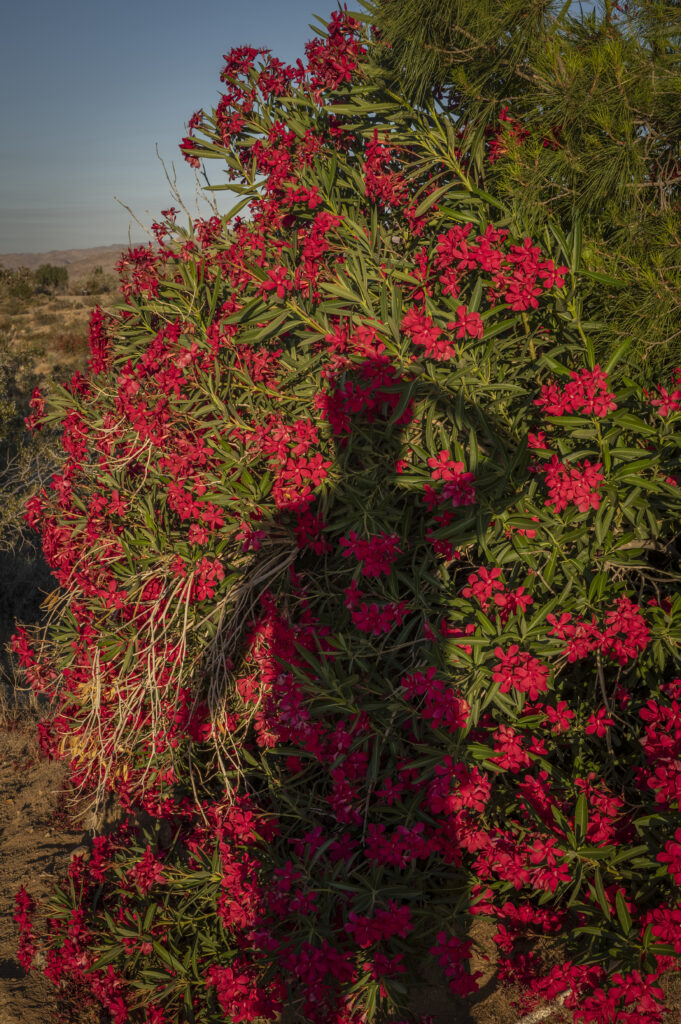
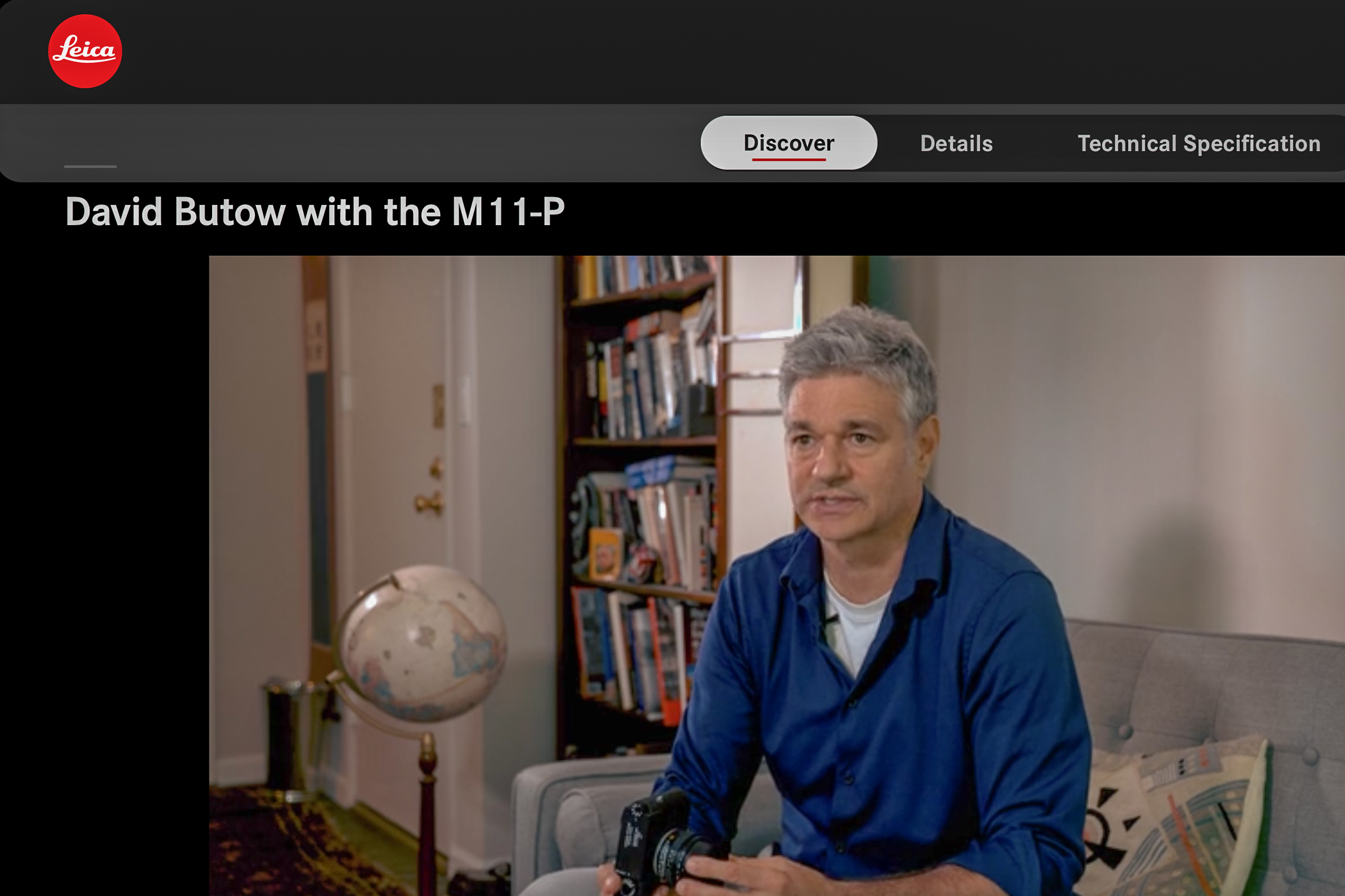
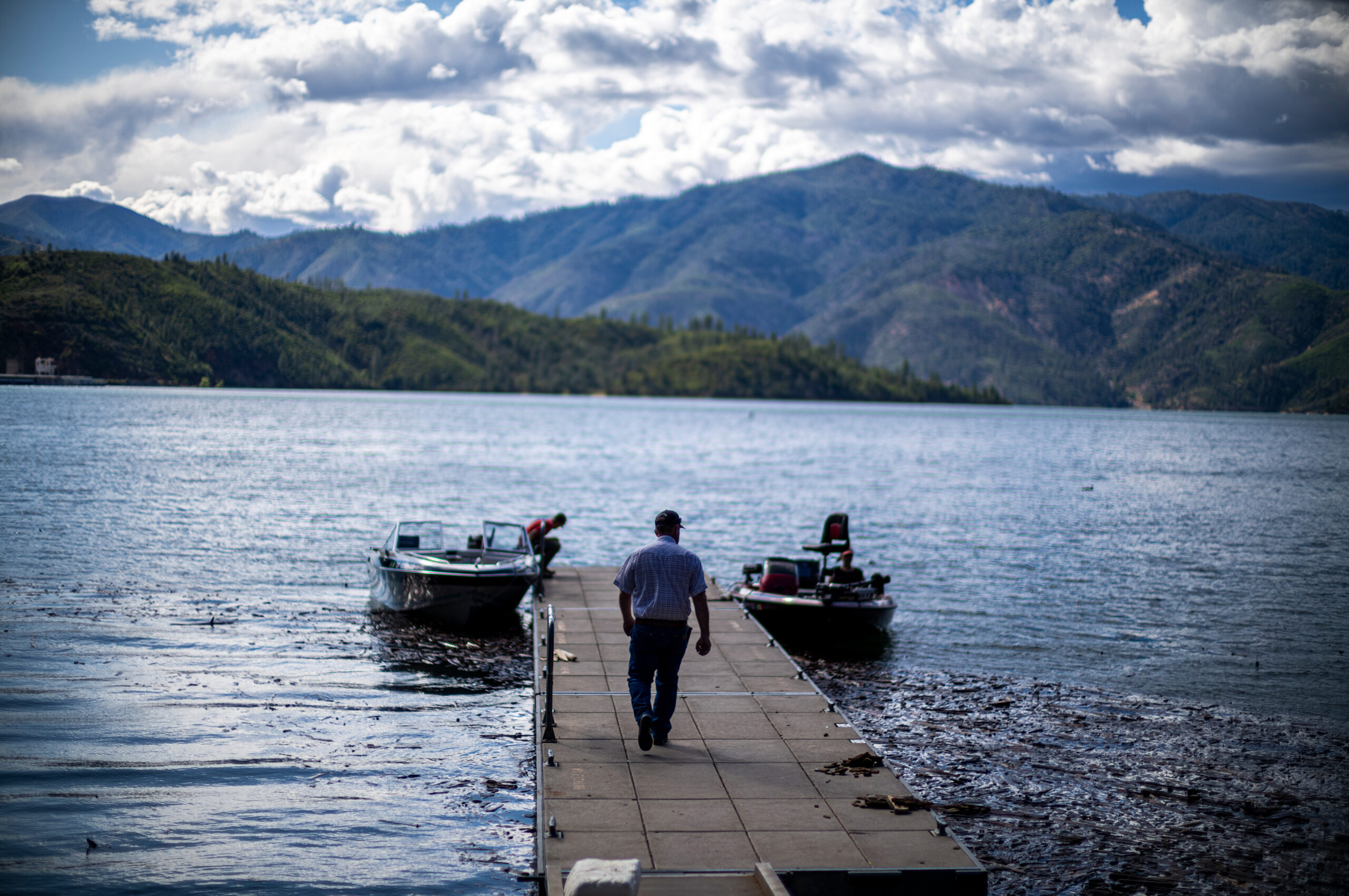
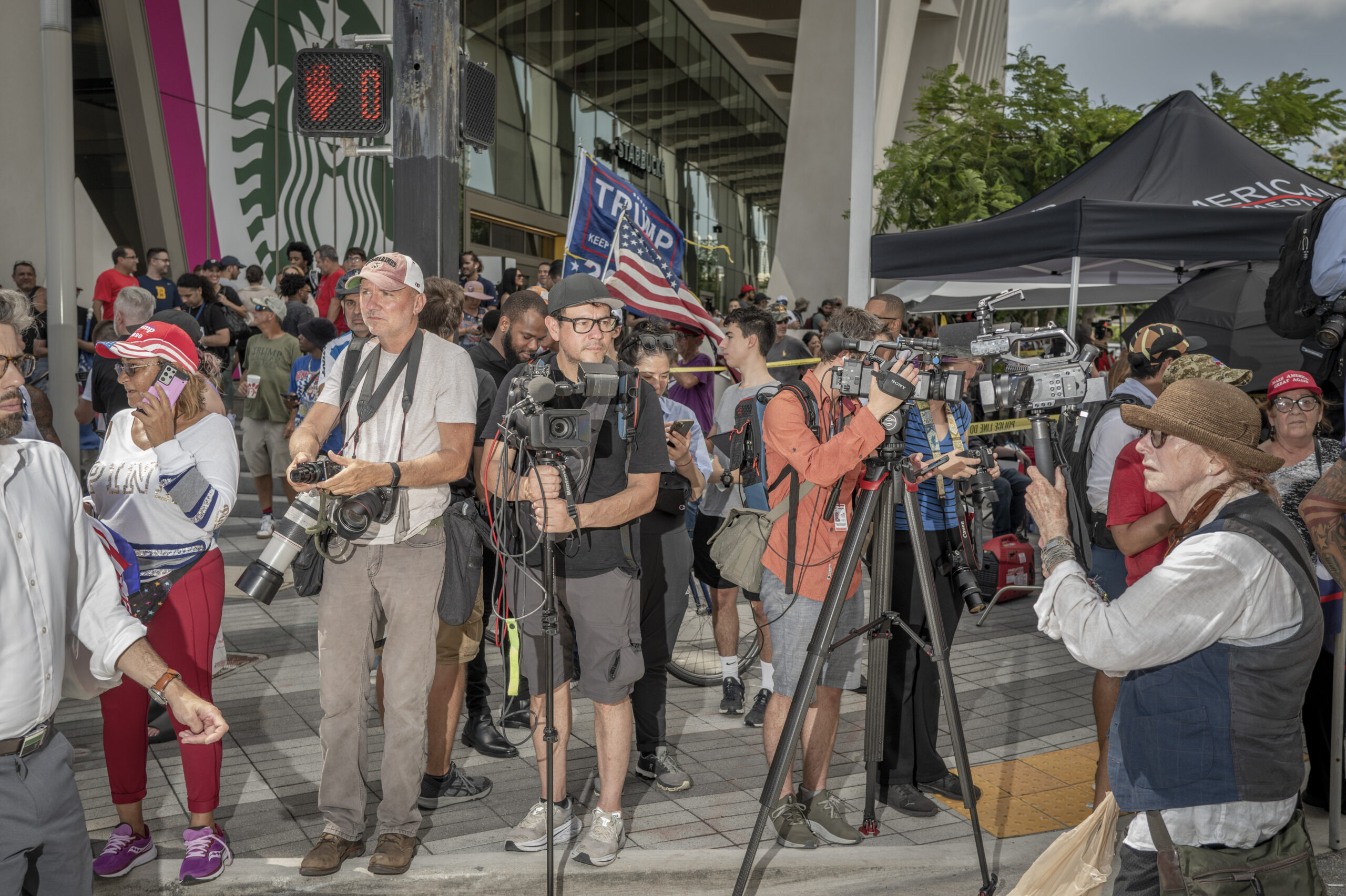
2 Comments
Have you experienced any issues with the white balance of the DNGs when imported into Lightroom?
When imported into Lightroom the white balance reading of my images change dramatically:
In camera manual white balance: 3900k
Lightroom: 4850k (difference: 950k)
In camera: 4600k
Lightroom: 5750k (difference: 1150k)
In camera: 5500k
Lightroom: 6850k (difference: 1350k)
In camera: 6500k
Lightroom: 8000k (difference: 1500k)
In camera: 8000k
Lightroom: 9600k (difference: 1600k)
There are workarounds when the lighting is simple but when there is a mixture of lights it can be somewhat problematic.
I’ve reported the issue to Leica and they’re currently investigating.
Yes Andrew, I have noticed this. I know there’s an Adobe update which I haven’t yet installed. It might make a difference. So far I have had better success essentially manually adjusting the color balance with the Q3 files but I notice they look very different from, for example my M11 files set to the same color balance. For example at daylight, the M11 looks right at 5500k but at that setting the Q3 look quite different.
Comments are closed.